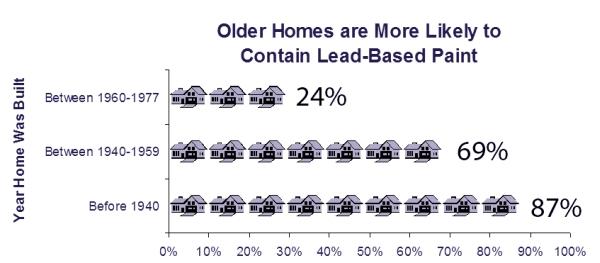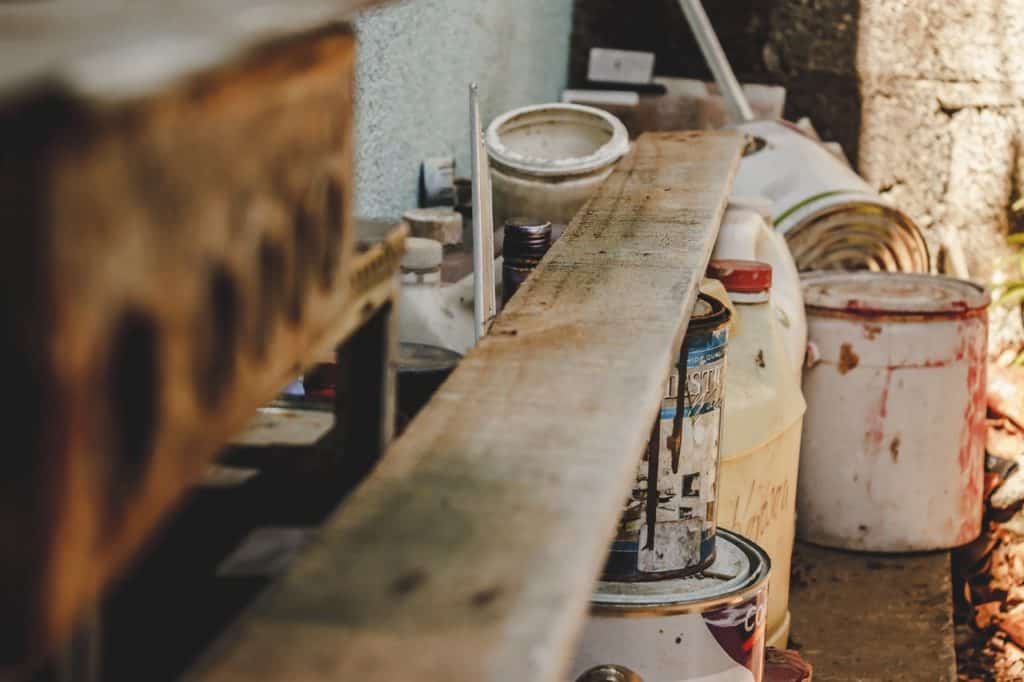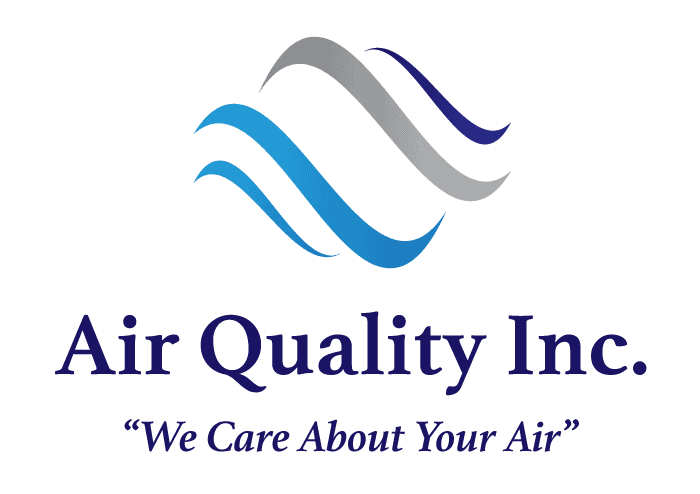Many Americans may quickly dismiss lead poisoning as a threat that existed only decades ago but is no longer a danger in the 21st century. Often, this idea comes from the fact that lead-based paint has been banned since 1978 – over 4 decades ago. Unfortunately, lead poisoning still poses a very real danger to the modern family.
Lead Poisoning – A Modern Public Health Threat
“Lead poisoning is preventable,” explains one United Nations Environment Program. “Yet lead exposure accounts for 540,000 deaths and 13.9 million years lost to disability and death due to long-term effects on health, with the highest burden on developing regions.”
Of course, the above statistics represent lead poisoning on an international level. In past decades, lead exposure in the United States has decreased.
Still, in view of recent lead-related domestic public health crises, such as the drinking water disaster in Flint, Michigan, and more recently in Newark, New Jersey it seems that no one can afford to presume upon safety.
Yes, lead poisoning remains a threat to America’s indoor air quality and water supply.
Consumer Reports warns “Indoor air quality isn’t on most people’s radar. Only 9 percent of Americans consider it a threat to their health, and 70 percent aren’t concerned about it at all, according to a recent survey by the Consumer Reports National Research Center.”
Clearly, it is prudent to identify potential sources of lead poisoning, familiarize yourself with the dangers, and learn how to prevent lead exposure in your home. Vigilance in this matter could protect your family from a score of irreversible health problems.
That’s why Virginia Beach’s indoor air quality experts Air Quality Consultants are here to expose the sources and dangers of lead poisoning and help you strategize on how to prevent exposure.
Sources of Lead Poisoning
The Environmental Protection Agency identifies humans as a major source of the problem. Without realizing it, humans have exposed themselves to lead for years.
“Much of our exposure comes from human activities including the use of fossil fuels including past use of leaded gasoline, some types of industrial facilities, and past use of lead-based paint in homes. Lead and lead compounds have been used in a wide variety of products found in and around our homes, including paint, ceramics, pipes and plumbing materials, solders, gasoline, batteries, ammunition, and cosmetics,” says the EPA.
Thankfully, many laws and regulations have been instated in recent decades in an effort to limit the amount of lead entering the air, settling in the soil, and finding its way into our water supply and eventually our homes. Still, danger continues to lurk.
Water – Old distribution pipes, plumbing fixtures, and soldering containing lead corrode over time and release lead into the water. Since no level of lead exposure is considered safe, drinking lead contaminated water poses a very real threat to human health. Lead in the soil can also find its way into the water supply.

The Environmental Defense Fund reports “Up to ten million homes across the country get water through lead pipes – called lead service lines – that connect the main drinking water line in the street to our homes.”
There has been much outcry with regard to this public health threat in recent years in cities across America as high levels of lead are being found in the drinking supply.
As of a 2010 study by the Centers for Disease Control and Prevention, an estimated over 500,000 children aged 1-5 in the USA have elevated levels of lead in their blood. Thankfully, the number of children suffering from elevated lead levels has decreased over past decades. That being said, no level of lead poisoning in children is acceptable.

Paint – Even though lead paint has been banned for over 40 years, the effects of heavy usage of lead paint in homes in past decades are still haunting modern occupants.
Consumer Reports reveals the shocking data: “Old lead-based paint is the most significant source of lead poisoning in the U.S. Roughly 35 million homes, or about half of those built before lead-based paint was banned in 1978, have lead paint, according to a recent federal study. Yet only 17 percent of those we surveyed said they had their homes checked for it.”
When lead paint deteriorates or chips off, even as a fine dust, it releases harmful lead into the air. This can happen even if the old lead paint is hidden under layers of new paint, especially in areas of the home that sustain a lot of ware, such as window sills, door frames, and stairs.

Dangers of Lead Poisoning
Lead poisoning is irreversible. The tough part is that lead exposure is subtle and often goes unnoticed. Often, by the time one is aware he has been exposed to lead, the damage has already been done and can lead to lifelong damage, even if the source of lead poisoning has been eliminated.
“Exposure to lead can harm nearly every system in the body. It can even kill. Lead accumulates in our bones, liver, and kidneys and can get into our blood,” explains the American Lung Association.
The effects of toxic lead exposure are long-lasting. Lead poisoning affects brain development (even lowering IQ), delays growth, and can lead to behavioral problems and learning disabilities. Exposure to lead is also linked to poor cardiovascular health, kidney problems, as well as problems in reproduction in both men and women.
Who is at Risk of Lead Poisoning?
Since the stages of bodily and brain development are particularly fragile, children, including babies in utero, are especially at risk to suffering from the toxic effects of lead exposure. Children are also more likely to put things in their mouths, such as dirt or paint chips that could have toxic lead.

Pregnant mothers exposed to lead may deliver prematurely or may even miscarry. Lead stored up in a mother’s body can negatively affect a developing infant as well as a breastfeeding newborn as the lead is passed on to the baby.
Another large demographic at risk is anyone working in industries involving mining, smelting, use of lead solder, welding, battery manufacturing, remodelers, demolition workers, and even potters. These workers also put their family at risk if they come home with traces of lead on their clothing.
Families living in homes constructed pre-1978 may be in danger of living with lead paint in the home. In reality, everyone and anyone could suffer from lead poisoning if exposed to the wrong environment.
Lead Poisoning Prevention
No doubt, it’s wise to act now to protect you and yours from the ill effects of lead exposure. Follow these important tips to minimize risk to your family:
Assess Your Home – Check around your home – inside and out – for potential sources of lead. Old chipping paint, lead pipes, ceramics, and other potential sources of lead should be minimized.
Home Maintenance – Lead is often present in soil and dust. Be vigilant about cleaning and maintaining your home to minimize the presence of contaminated dirt and debris.
Avoid Products with Lead – Certain hobbies (hunting, fishing, pottery, soldering, stained glass, etc.) pose risk for exposure to lead. If you must handle a lead-based product, avoid putting these anywhere near your mouth or touching your face afterwards before washing your hands. Store such products away from your living space. Certain cosmetics, antiques, and even toys may contain lead. Some folk remedies also contain lead, so read up on the product before choosing to consume it.
Wash Clothes and Hands – If your job or hobby puts you in contact with lead-based products, be sure to shower and change your clothes BEFORE coming home to avoid contaminating your car and home. Launder your clothes separately from the rest of the family.
For more detailed tips on how to prevent lead exposure, check out the EPA’s guide Protect Your Family from Exposures to Lead.
Professional Lead Testing – Paint & Water
Since lead goes undetected by human senses, testing for lead is the best way to reveal its presence and level of concentration.
“If your home was built before 1978, have your home tested for lead and learn about potential lead hazards,” advises the EPA. They add “Remember to test for the presence of lead and lead hazards by a lead professional – this will tell you where you must be especially careful.”
Having your home tested for lead is an important step before undertaking a home remodel. Remodeling stirs up dust and debris that if contaminated with lead can pose a serious health threat. When buying a home, especially a home built in the 20th century, lead testing is a sensible step before closing on the purchase.
Professional testing is also recommended in the case of suspected lead in drinking water. The EPA further explains, “Lead pipes are more likely to be found in older cities and homes built before 1986. You can’t smell or taste lead in drinking water. The only sure way to know for certain if you have lead in your drinking water is to test your drinking water.”
Here at Air Quality Consultants, we perform professional water testing and paint testing for lead. With offices operating out of both Richmond and Virginia Beach, we passionately serve the local community in an effort to raise awareness about modern threats to public health. We believe that all families should have access to good air and water quality in the home.
If you are planning a remodel, buying a new property, or simply concerned about the quality of your indoor air or water supply, don’t hesitate to order a professional lead test. Request a free quote today from one of Virginia’s best lead testing companies, Air Quality Consultants. We will help you take steps to protect your family and give you peace of mind.




